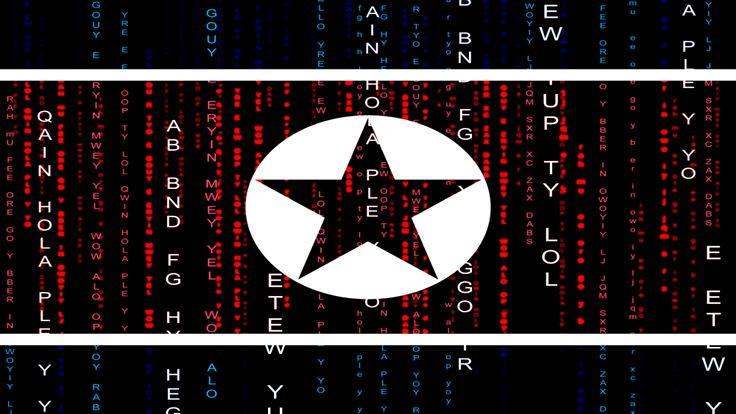The US Department of Justice recently unsealed indictments detailing North Korea’s involvement in several global cyberattack campaigns against institutions in the…
Tag: advanced persistent threats
Lock and Code S1Ep15: Safely using Google Chrome Extensions with Pieter Arntz
This week on Lock and Code, we discuss the top security headlines generated right here on Labs and around the Internet….
A week in security (July 20 – 26)
Last week on Malwarebytes Labs, our Lock and Code podcast delved into Bluetooth and beacon technology. We also dug into APT…
APTs and COVID-19: How advanced persistent threats use the coronavirus as a lure
The coronavirus (COVID-19) has become a global pandemic, and this is a golden time for attackers to take advantage of our…
Securing the MSP: why they’re their own worst enemy
We’ve previously discussed threats to managed service providers (MSPs), covering their status as a valuable secondary target to both an assortment…
The forgotten domain: Exploring a link between Magecart Group 5 and the Carbanak APT
This blog post was authored by Jérôme Segura, William Tsing, and Adam Thomas. In a previous post, we described the possible…
Securing the managed service provider (MSP)
Managed service providers (MSPs) have been a boon to midsize enterprise. They allow for offloading technical debt to an agent with…
The Advanced Persistent Threat Files: APT1
We’ve heard a lot about Advanced Persistent Threats (APTs) over the past few years. As a refresher, APTs are prolonged, aimed…
The Advanced Persistent Threat files: APT10
We’ve heard a lot about Advanced Persistent Threats (APTs) over the past few years. As a refresher, APTs are prolonged, aimed…








